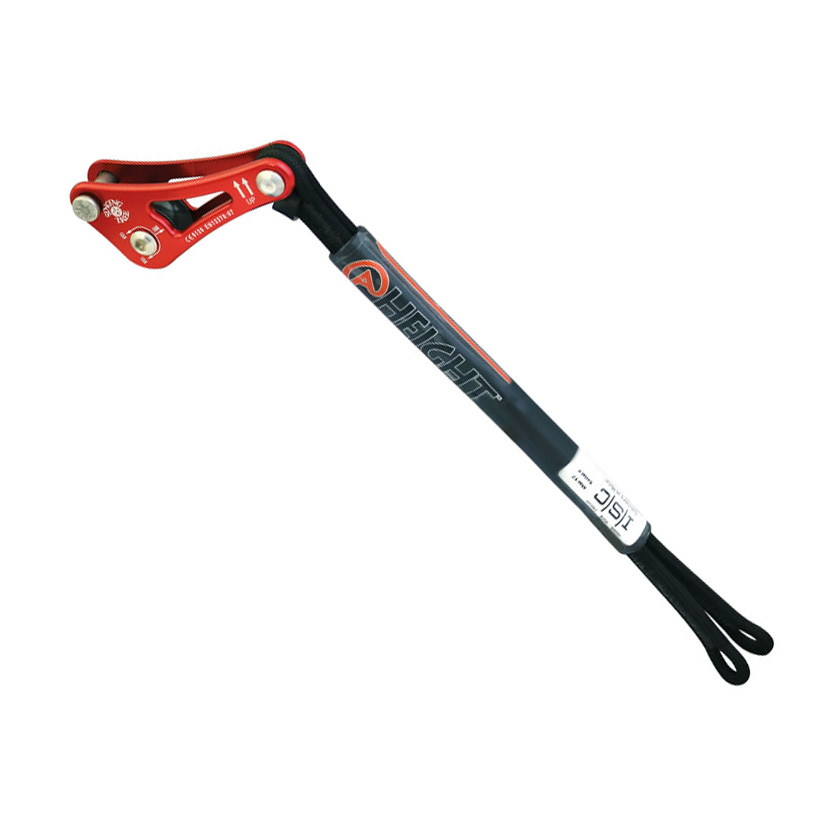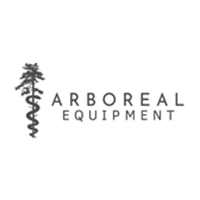Description
This kit (combination of ISC Rope Wrench and ISC Double Leg Tether) is CE Approved (and marked) to EN 12278, with an MBS of 24kN. The CE Certification and MBS rating apply only to Rope Wrenches which are supplied and used with our Approved Tether.
The Singing Tree Rope Wrench comes with a mid-line pin to allow quick installation on your climbing rope.
ZK2 Rope Wench Features
- The ZK2 is made of aluminum and is lighter and smaller with a much slimmer profile than the original ZK1 version
- Rounded machined edges and curves make it rope friendly and climber friendly
- The mid-line “Slic” pin is now included
- Easy to open with an allen key for tether installation
- The bottom friction pin features a roller sheave for a smoother ascent and descent. The upper friction pin includes a larger diameter “slic” pin. This provides more consistent friction and is more rope friendly
Additional information
| Weight | 0.25 kg |
|---|---|
| Dimensions | 1 × 1 × 1 cm |
| Colour | Black, Gold, Grey, Orange, Purple, Red |
| Brand | ISC |




























































































